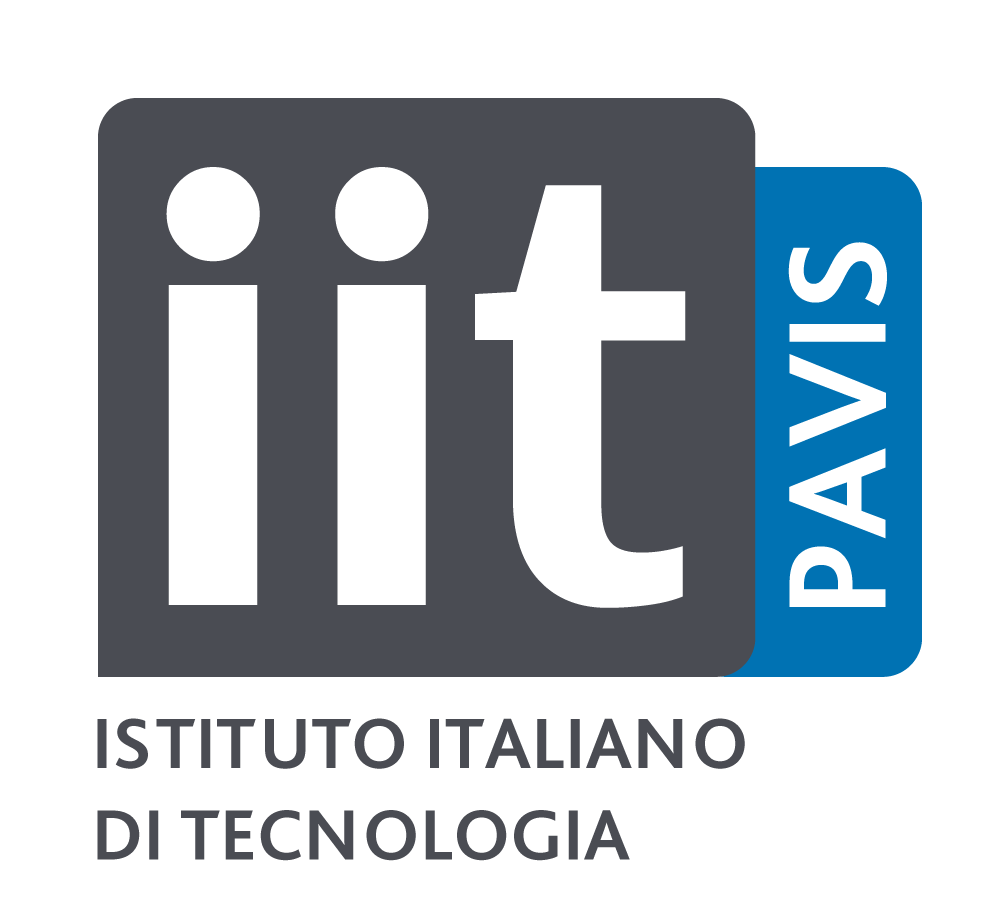Thomas Fletcher, University of Utah
Tom Fletcher received his B.A. degree in Mathematics at the University of Virginia in 1999. He received an M.S. in Computer Science in 2002 followed by a Ph.D. in Computer Science in 2004 from the University of North Carolina at Chapel Hill. He is currently an Associate Professor in the School of Computing and the Scientific Computing and Imaging Institute at the University of Utah. His research is focused on statistical analysis of manifold data and its application to computer vision and image analysis.
Mark Girolami/Michael Betancourt, University of Warwick
Mark Girolami is Professor of Statistics at the University of Warwick and holds an honorary professorship in Computer Science at Warwick, is an EPSRC Established Career Fellow (2012 - 2017) and previously an EPSRC Advanced Research Fellow (2007 - 2012). He is also honorary Professor of Statistics at University College London, is the Director of the EPSRC funded Research Network on Computational Statistics and Machine Learning and in 2011 was elected to the Fellowship of the Royal Society of Edinburgh when he was also awarded a Royal Society Wolfson Research Merit Award.
His research and that of his group covers the investigation and development of advanced novel statistical methodology driven by applications in the life, clinical, physical, chemical, engineering and ecological sciences. He also works closely with industry where he has several patents leading from his work on e.g. activity profiling in telecommunications networks and developing statistical techniques for the machine based identification of counterfeit currency which is now an established technology used in current Automated Teller Machines.
Michael Betancourt originally did his PhD in physics at MIT and then moved into statistics with a short stint at Columbia University with Andrew Gelman and then as a postdoctoral research associate with Mark Girolami, first at University College London and now at the University of Warwick. His research focuses on developing high-performance statistical algorithms using tools from differential geometry and their efficient implementation in tools like Stan (mc-stan.org), of which he is a core developer.
Richard Hartley, Australian National University/NICTA
Professor Richard Hartley received his BSc from the Australian National University in 1971, his MSc and PhD in Mathematics from the University of Toronto in 1972 and 1976, respectively, and his MSc in Computer Science from Stanford University in 1985. Professor Richard Hartley is a member of the computer vision group in the Department of Information Engineering, at the Australian National University, where he has been since January, 2001. He also a researcher in the Computer Vision group in NICTA, a research laboratory set up in 2002 with funding from the Australian Government. Dr. Hartley worked at the General Electric Research and Development Center from 1985 to 2001. During the period 1985-1988, he was involved in the design and implementation of Computer-Aided Design tools for electronic design and created a very successful design system called the Parsifal Silicon Compiler. In 1991 he was awarded GE's Dushman Award for this work.
He became involved with Image Understanding and Scene Reconstruction working with GE's Simulation and Control Systems Division. He worked on several Imaging projects, including medical imaging, document imaging and visual inspection. In 1991, he began an extended research effort in the area of applying projective geometry techniques to reconstruction. This research direction was one of the dominant themes in computer vision research throughout the 1990s. In 2000, he co-authored (with Andrew Zisserman) a book for Cambridge University Press, summarizing the previous decade’s research in this area. Most recently, he has been working in the area of applications of Riemannian geometry in computer vision, particularly issues of optimization and machine learning on Riemannian manifolds.
Anuj Srivastava, Florida State University
Anuj Srivastava is a Professor in the Department of Statistics and a Distinguished Research Professor at the Florida State University. He obtained his PhD degree in Electrical Engineering from Washington University in St. Louis in 1996 and was a visiting research associate at Division of Applied Mathematics at Brown University during 1996-1997. He joined the Department of Statistics at the Florida State University as an Assistant Professor in 1997. He was promoted to Associate Professor in 2003 and full Professor in 2007. He has been a visiting Professor to INRIA, France and the University of Lille, France. His areas of research include statistics on nonlinear manifolds, statistical image understanding, functional analysis, and statistical shape theory. He has published more than 200 papers in refereed journals and proceedings of refereed international conferences. He has been an AE for the Journal of Statistical Planning and Inference, and the IEEE Transactions on Signal Processing and the IEEE Transactions on Pattern Analysis and Machine Intelligence. He is currently an AE for IEEE Transactions on Image Processing. He was elected a Fellow of International Association of Pattern Recognition in 2014.
Bart Vandereycken, Princeton University
Bart Vandereycken is an Instructor in Mathematics at Princeton University. He received his PhD in Mathematical Engineering from KU Leuven, Belgium, in December 2010. His research interests are in numerical analysis and numerical linear algebra, high-dimensional PDEs, and computational differential geometry.
